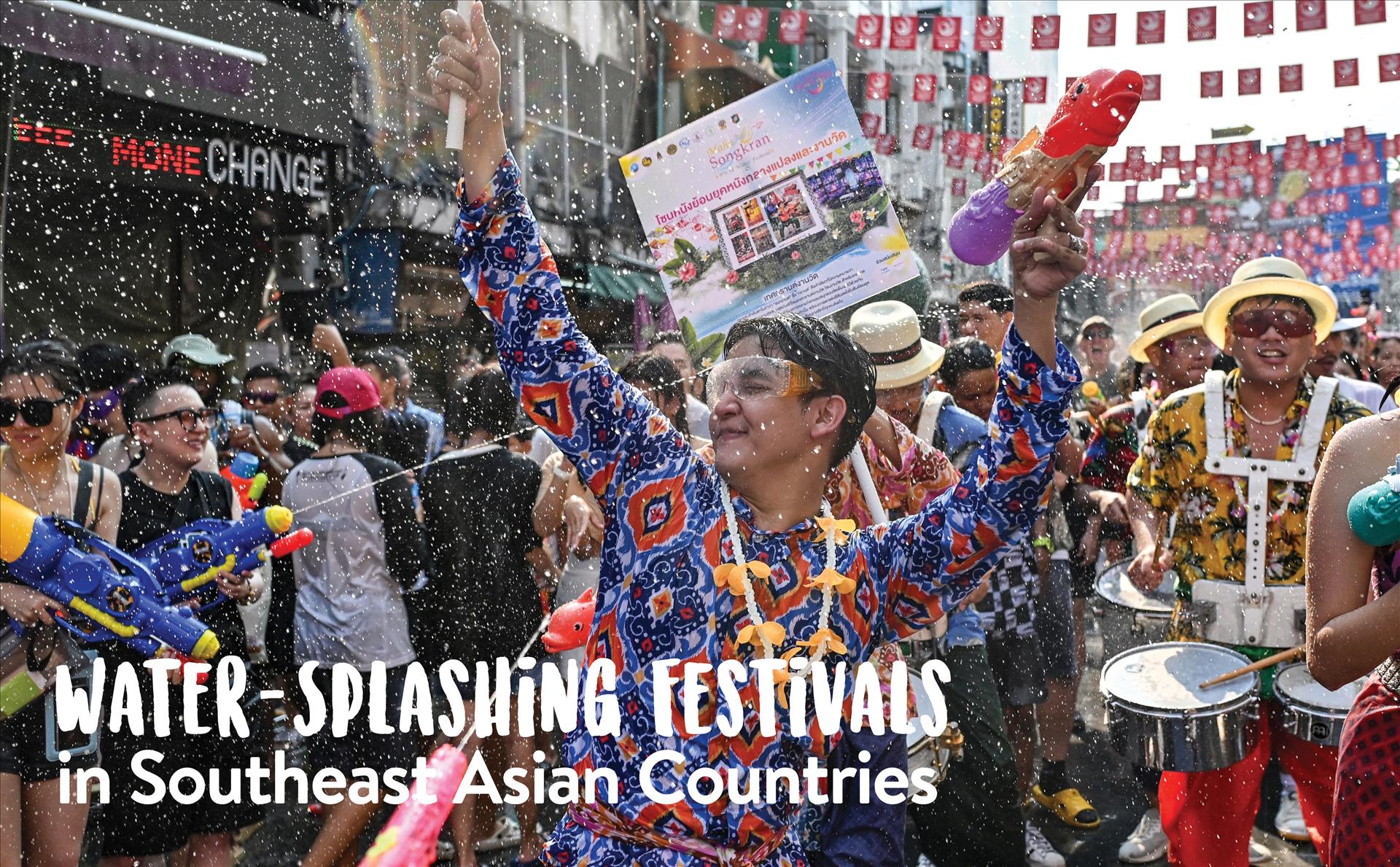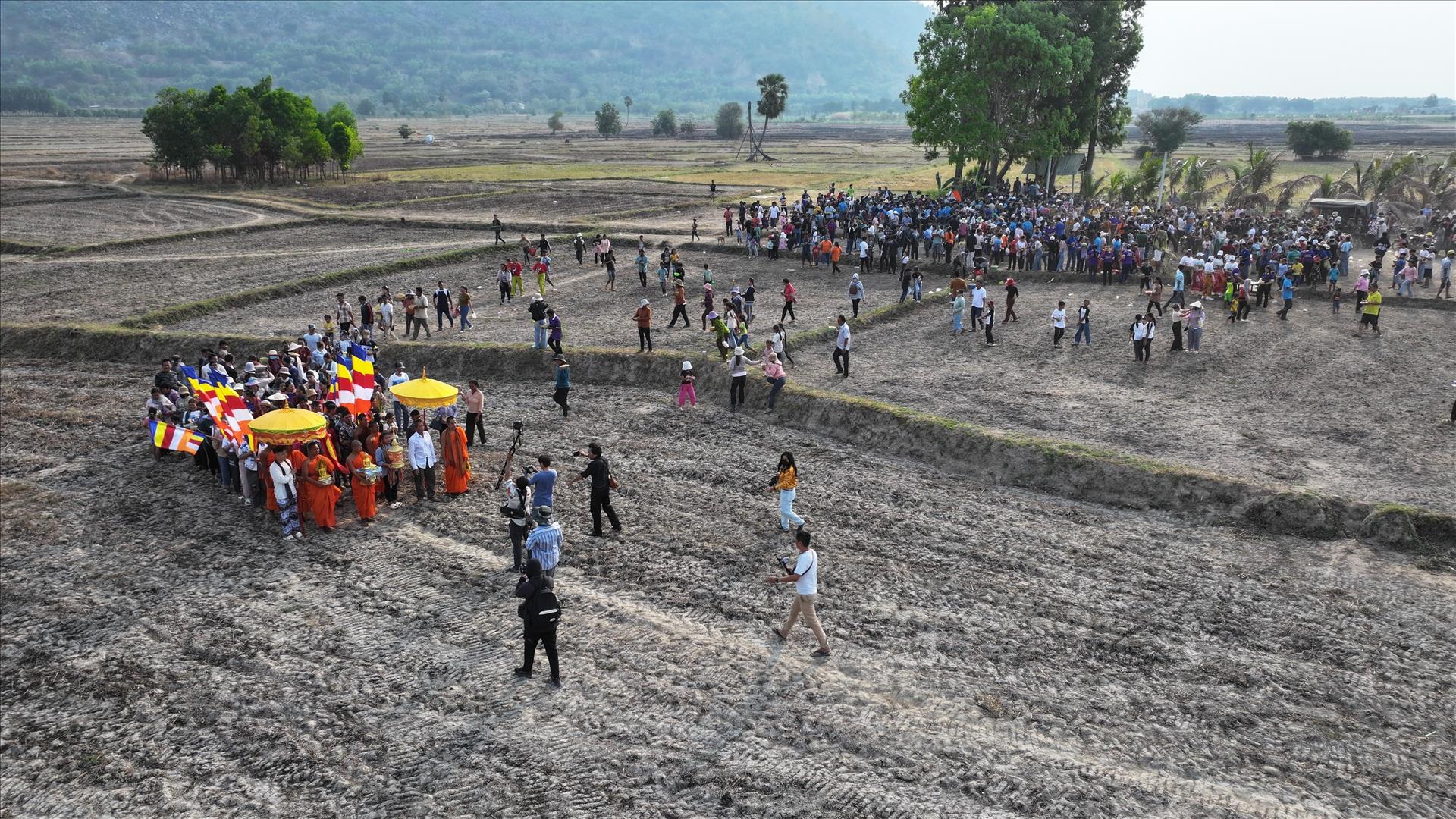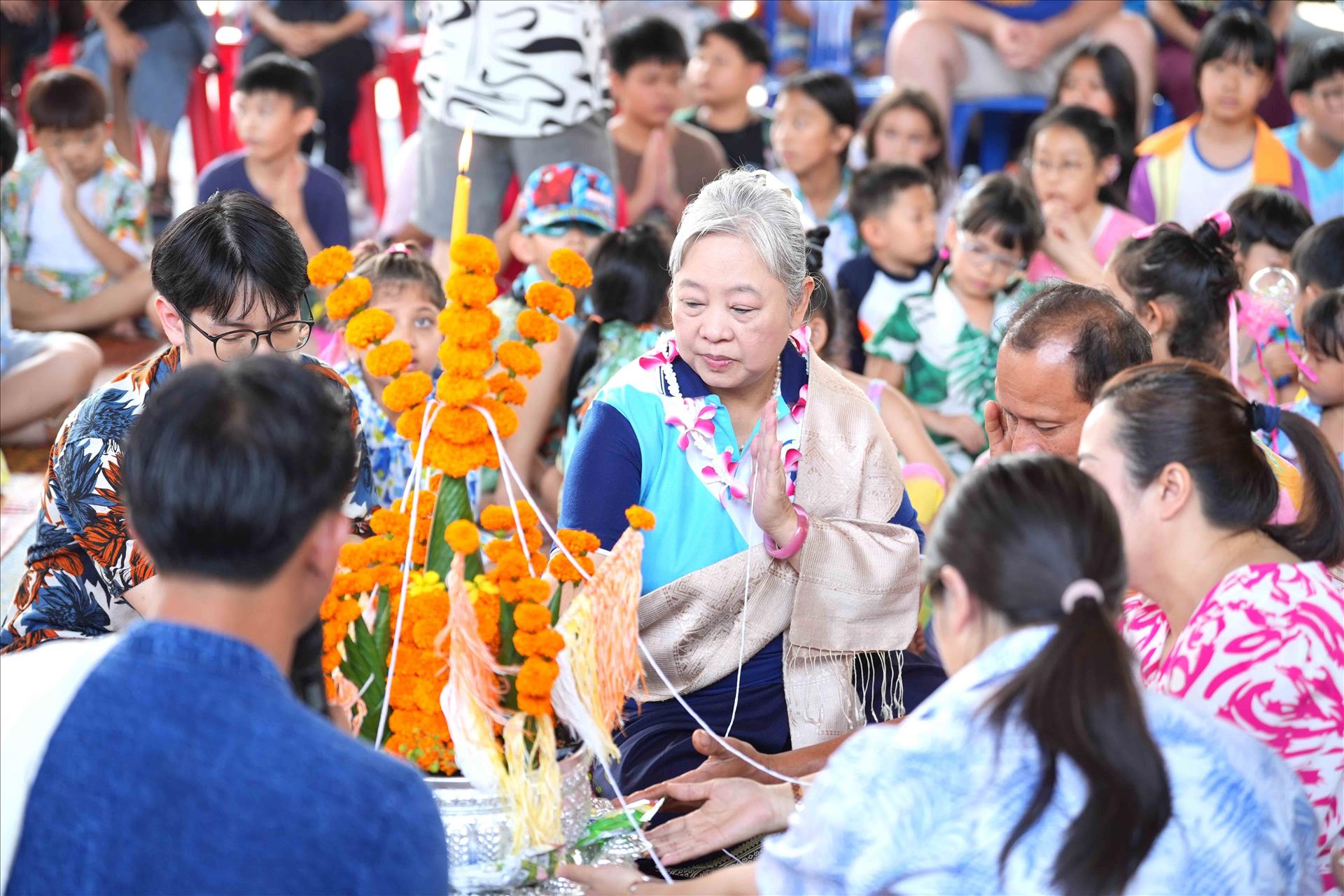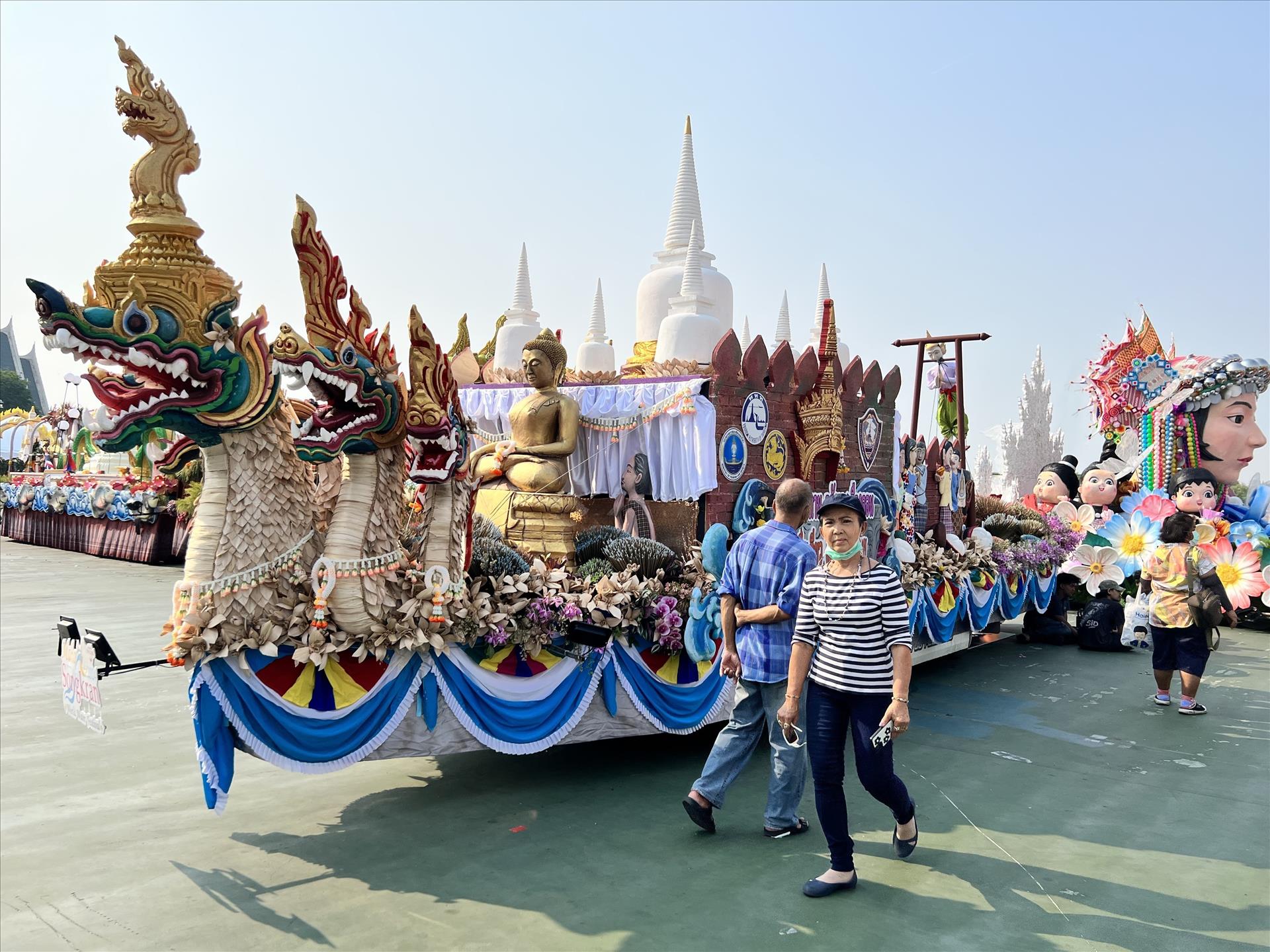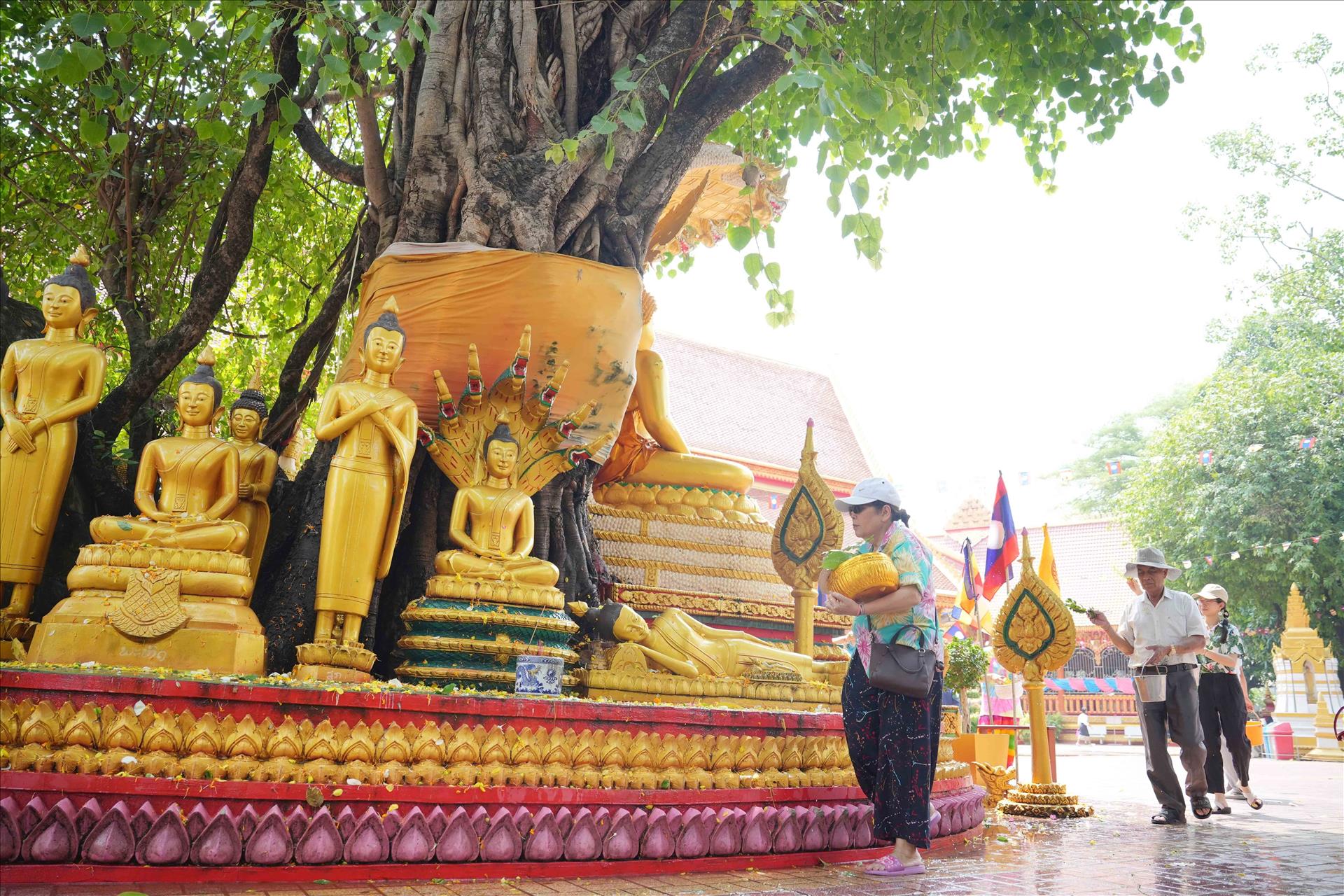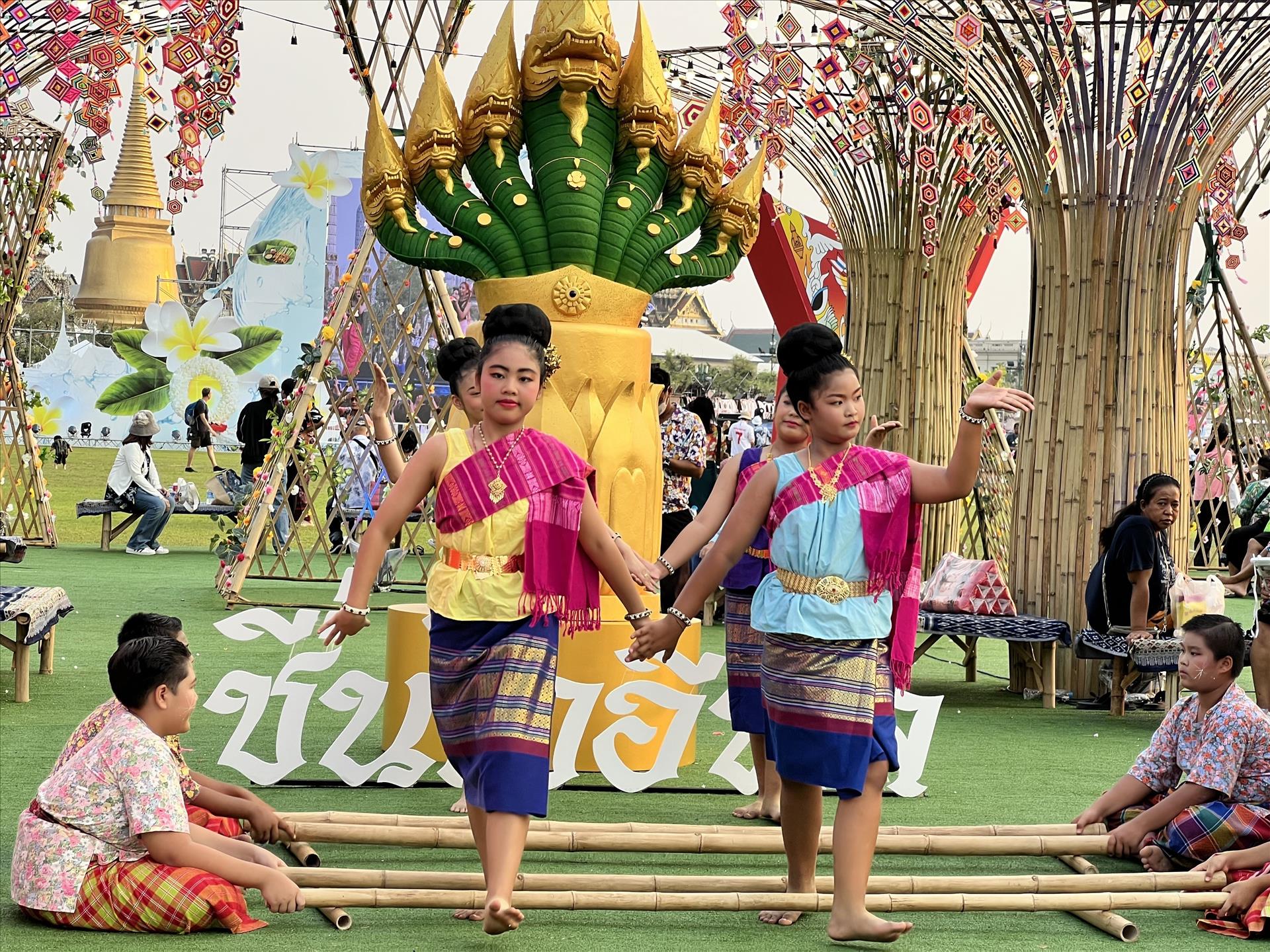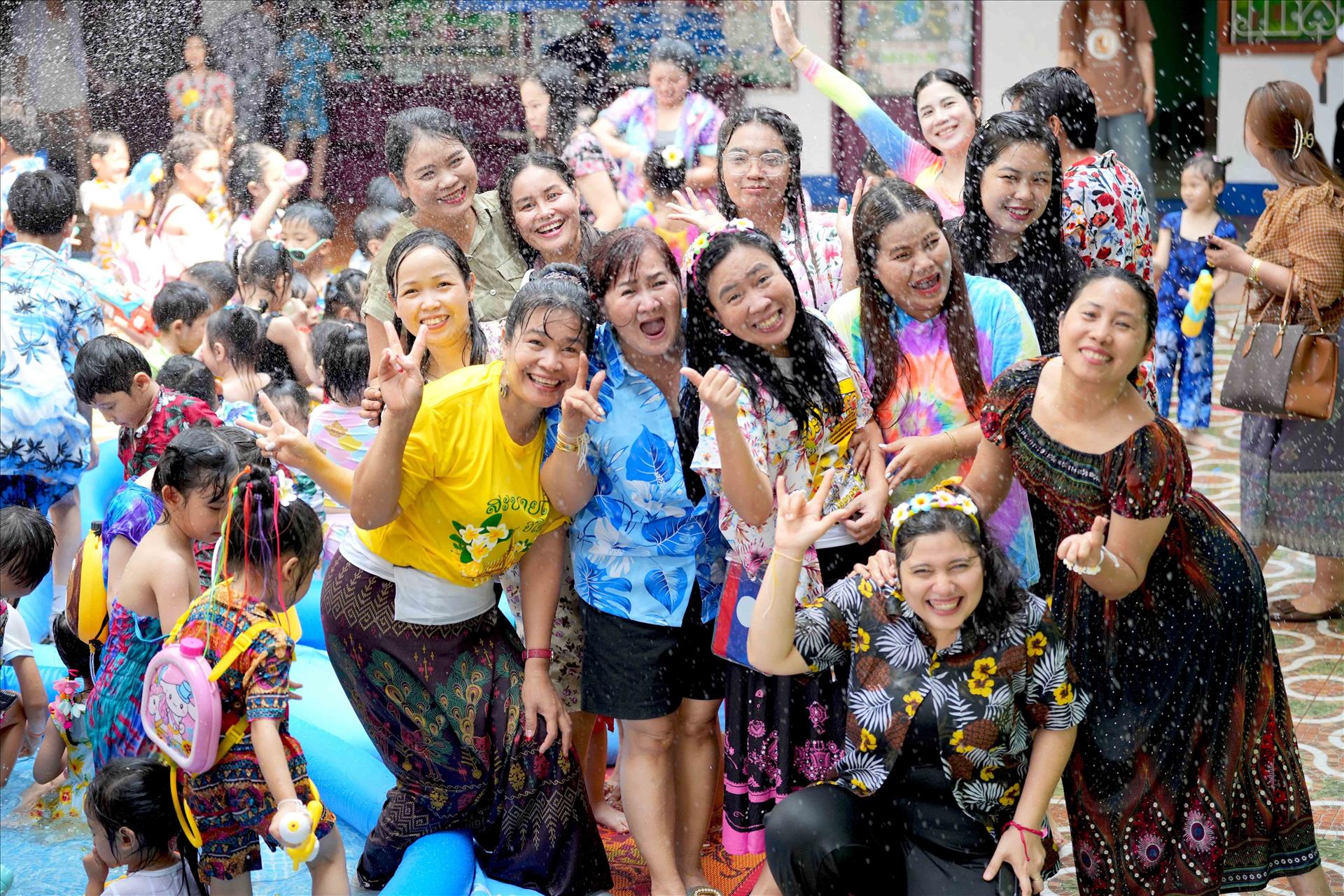Water-Splashing Festivals in Southeast Asian Countries
As one of the largest traditional festivals, the Water-Splashing Festival in some Southeast Asian countries has attracted many tourists worldwide. Because the Water-Splashing Festival is a communal event, everyone joins in dances, singing and water splashing, and has endless joy in the cool water, wishing for a prosperous new year.
Every year in mid-April, the Water-Splashing Festival is celebrated in many countries in Southeast Asia. Known by different names in each country, such as Bunpimay in Laos, Chol Chnam Thmay in Cambodia and Vietnam, Songkran in Thailand, and Thingyan in Myanmar, the Water-Splashing Festival in these countries all share the same organizing format. After religious ceremonies at temples or pagodas, people pour out onto the streets, using buckets, basins, water hoses, or water guns to splash water on each other, and then continue to splash water into houses, altars, animals, and production tools.
During these days in the Laotian capital, Vientiane, streets seem to be adorned in vibrant colors like wearing a shiny new "dress" and filled with the colors of Dokkhoun flowers, signaling the arrival of the New Year in “the Land of a Million Elephants”. The temple grounds are also decorated with flags and vibrant flowers and Buddha statues are placed in the courtyard for people and tourists to participate in bathing rituals. They believe that this ritual will bring coolness and prosperity to all beings, as well as demonstrate reverence and faith to the Buddha, thus guiding people towards goodness.
As the Lunar New Year festivities unfold, Khmer people in Laos or Laotians in Vietnam are embracing the joyful spirit of the holiday with cherished traditions and the preservation of unique cultural gems. Among these time-honored customs is the practice of tying colorful threads around one's wrists, symbolizing the bestowal of peace and good fortune upon the recipient. There are also many other activities such as releasing fish, birds, and turtles; the procession of the Spring Queen (Nang Sangkhane); and boat racing.
In the meantime, the people of the "Land of Pagodas" embraced the serene and joyous celebration of the traditional Choul Chnam Thmey New Year, despite the somewhat sweltering and challenging weather conditions. The streets of Phnom Penh were adorned with vibrant decorations, yet the atmosphere was more tranquil than usual as the capital's residents embarked on their journeys back home to reunite with families and immerse themselves in the traditional Cambodian New Year festivities.
In Thailand, this year's Songkran Festival in Chiang Mai has become even more special, as the recent inclusion of this festival in the Representative List of the Intangible Cultural Heritage of Humanity by Unesco, and Chiang Mai Province being chosen by the Thai Ministry of Culture as one of the country's five most iconic cultural provinces.
The series of events organized during the festival combine cultural preservation and contemporary Songkran activities. However, the festival also aims to promote the local economy and tourism.
Thingyan New Year's Eve is the start of many religious activities in Myanmar. Before dusk, the festivities begin with music, singing, and dancing. Then, after a signal, a cannon shot is fired, and everyone pours onto the streets with jars of water, both praying and pouring water onto the ground. This is the hottest time of the year, so splashing water like this is welcomed by many.
In the lively dances, drum beats, and music, locals and foreign tourists alike, regardless of wealth, religion, age, gender, social class and language all share the joy and happiness of a complete Water-Splashing Festival day./.
Story: VNP
Photos: VNA
Translated by Hong Hanh
Designed by Trang Nhung
